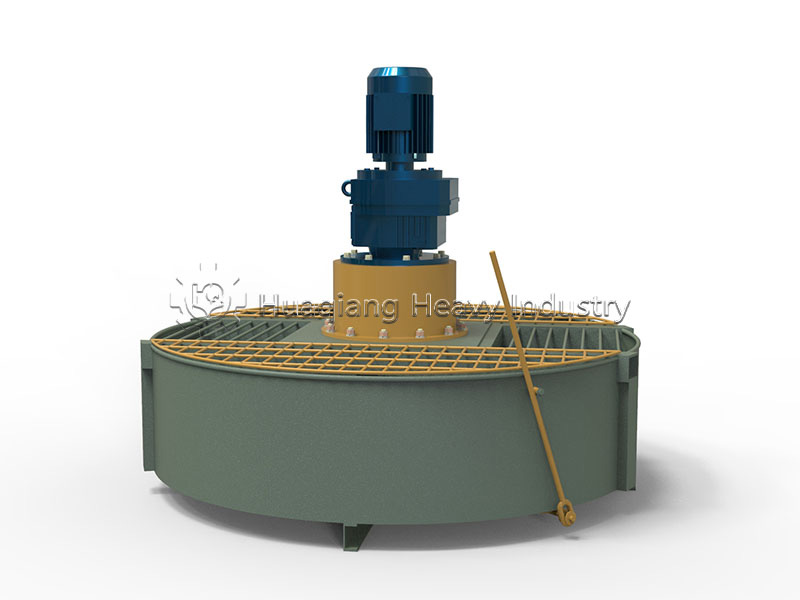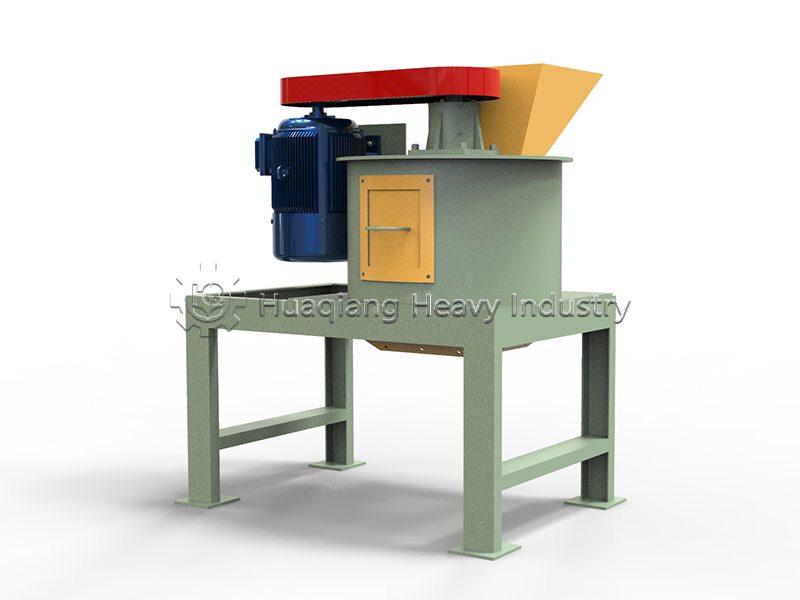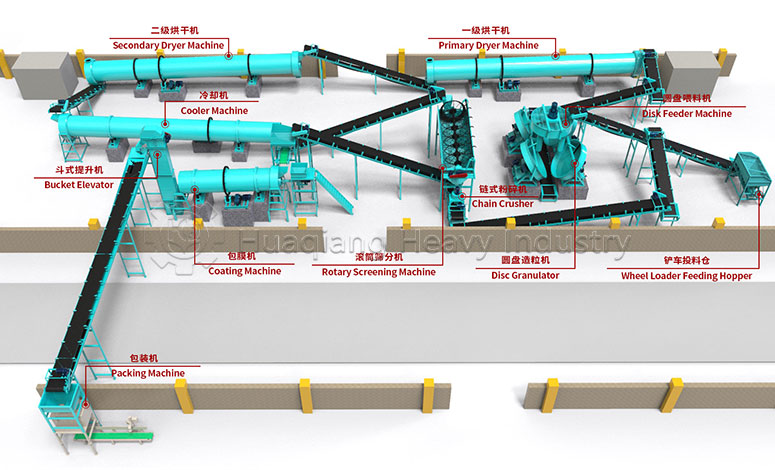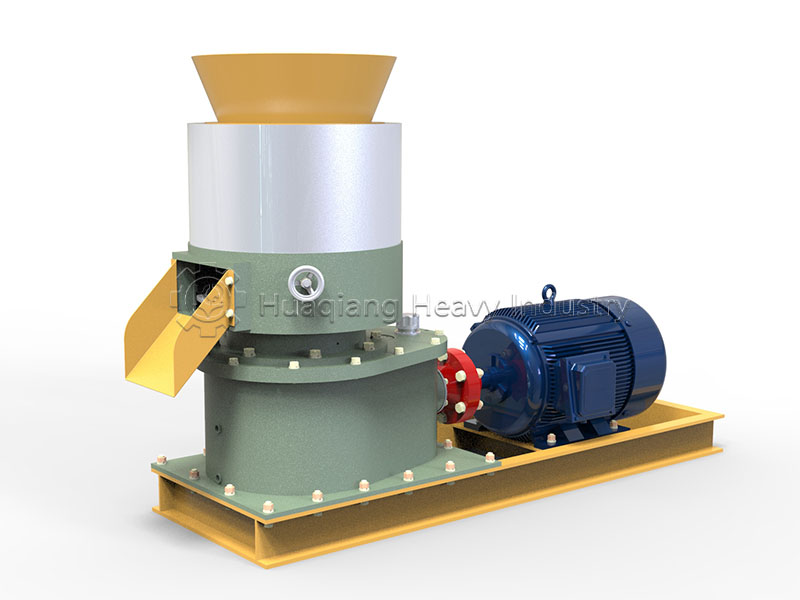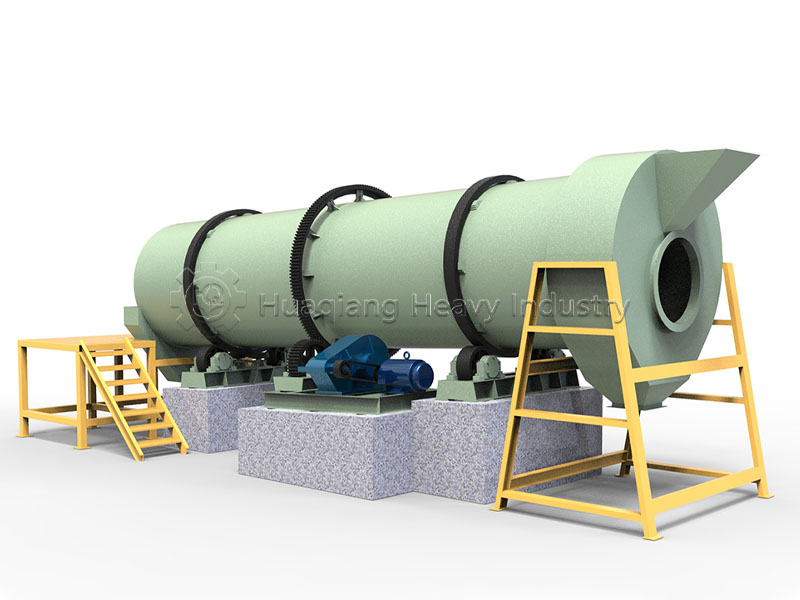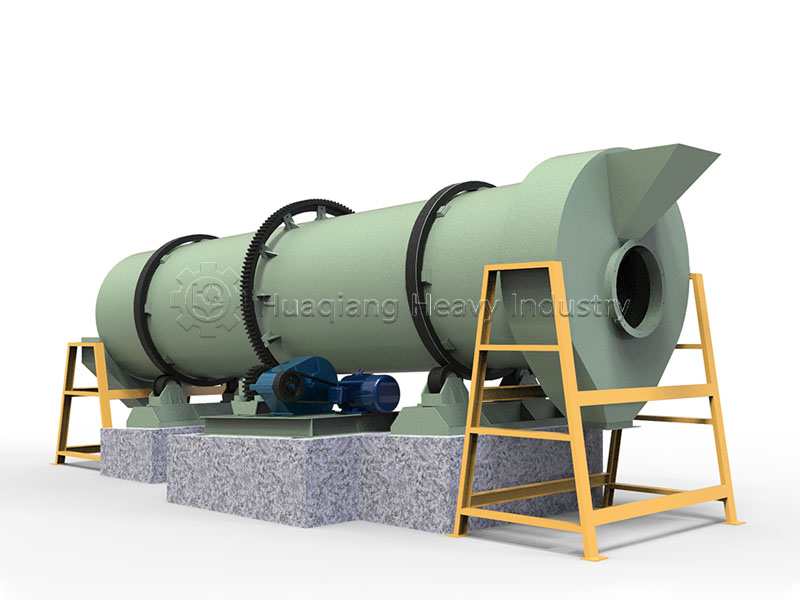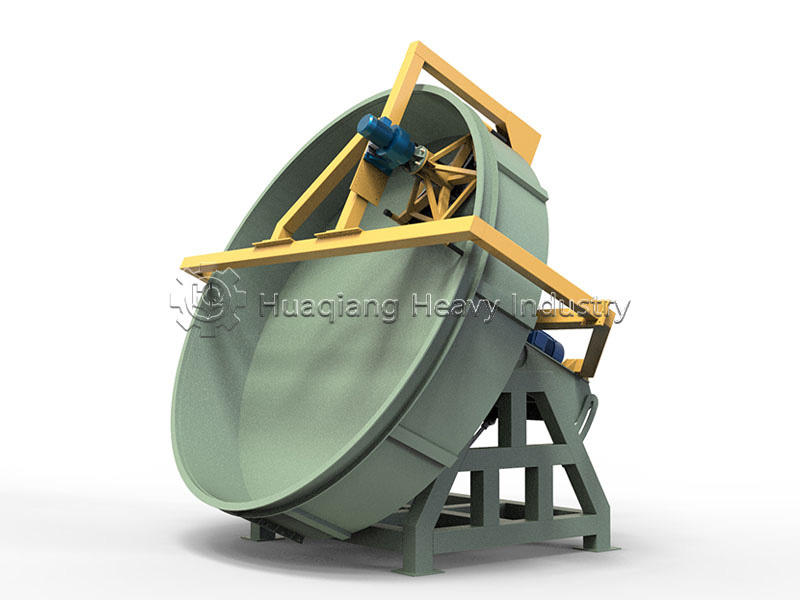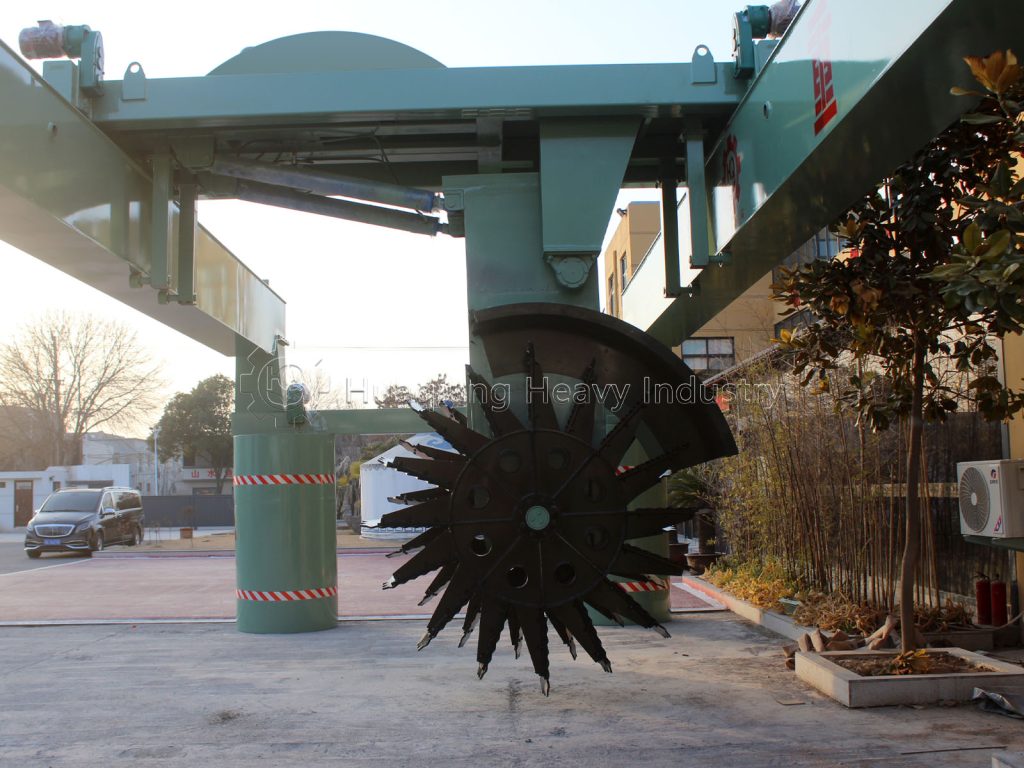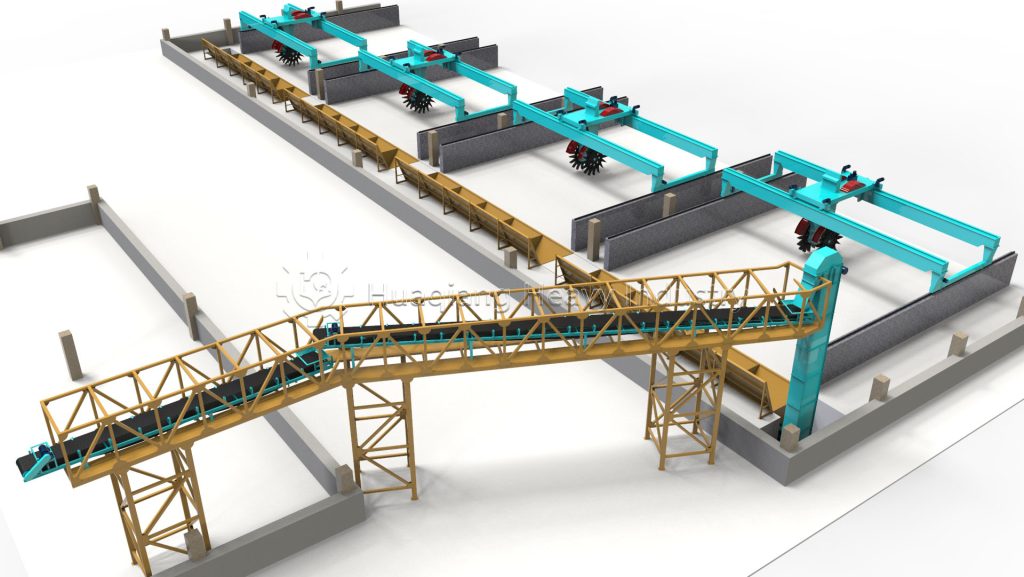Hydraulic Double Roller Granulator: Efficient Granulation Technology
In modern industrial production, hydraulic double roller granulators are transforming powder material processing methods through their exceptional high-pressure extrusion molding technology. This equipment provides stable pressure through advanced hydraulic systems, converting powdered raw materials into uniform, high-strength granules, offering efficient production solutions for multiple industries including fertilizer, chemical, and food processing.
Innovative Working Principle
The core technology of hydraulic double roller granulators lies in their unique high-pressure extrusion molding mechanism. The equipment provides adjustable pressure of 10-30MPa through a hydraulic system, driving dual rollers to rotate relative to each other and tightly compress powdered materials into shape. This process is entirely based on physical action, requiring no high-temperature heating or chemical reactions, being both energy-efficient and environmentally friendly while preserving the original characteristics of materials.
The precise pressure control of hydraulic systems is a significant advantage of this equipment. Compared to traditional mechanical pressure, hydraulic systems can provide more stable and uniform pressure, ensuring consistency in granule hardness and size. Pressure fluctuations can be controlled within ±0.5MPa, a precision crucial in high-quality granule production.

Wide Range of Industrial Applications
Hydraulic double roller granulators demonstrate excellent industry adaptability. In fertilizer production, they can convert powdered raw materials like organic fertilizer and compound fertilizer into granules of 2-6 millimeters, significantly reducing dust loss during storage and transportation. In the chemical industry, they can process various powdered raw materials including catalysts and dyes, improving product stability and usage convenience.
The equipment’s versatility is achieved through replaceable roller skin design. Depending on different industry needs, wear-resistant alloy steel, stainless steel, or special rubber roller skins can be selected to meet various material processing requirements. The forming grooves on roller skin surfaces can also be customized to produce granule products of different shapes and sizes.
Intelligent Control System
Modern hydraulic double roller granulators are equipped with advanced intelligent control systems. Through PLC controllers and touchscreen interfaces, operators can easily set and monitor various parameters of the granulation process. Key parameters including pressure, rotation speed, and feeding rate can be adjusted and displayed in real-time, ensuring the production process remains in optimal condition.
The intelligent control system also features parameter storage functionality, capable of saving granulation formulas for multiple materials. When needing to switch production between different materials, simply recalling corresponding parameter settings is required without re-debugging, greatly improving production efficiency and flexibility. Increased automation levels also significantly reduce operational difficulty and labor requirements.
Production Efficiency and Quality Control
Hydraulic double roller granulators demonstrate outstanding performance in improving production efficiency. A single unit can produce 0.5-5 tons of granule products per hour, with formation rates exceeding 90%. The produced granules possess excellent physical properties, with compressive strength reaching 15-30N, and granule size uniformity controlled within ±0.5 millimeter error range.
The equipment’s requirements for raw material pretreatment are relatively simple. Typically, only needing to crush powdered raw materials to 80-120 mesh and adjust moisture content to 8%-15% can initiate production. For materials with poor adhesiveness, small amounts of environmentally friendly binders can be added to improve formation rates, though most organic materials can form well relying on their inherent adhesiveness.

Maintenance and Sustainable Development
To ensure long-term stable equipment operation, scientific maintenance is crucial. Regular daily maintenance work including checking hydraulic systems, cleaning roller skin surfaces, and lubricating transmission components can significantly extend equipment service life. Wear parts like roller skins adopt modular designs and can be conveniently replaced after wear, reducing maintenance costs.
In today’s increasing emphasis on environmental protection and energy conservation, hydraulic double roller granulators demonstrate significant advantages with their low energy consumption and pollution-free characteristics. Compared to traditional granulation methods, their energy consumption is only one-third of spray granulators, with extremely low dust emissions, fully complying with environmental requirements of modern industrial production. With continuous technological advancement, this equipment will continue playing important roles in powder processing across various industries.
Diverse Granulation Methods in Modern Fertilizer Manufacturing
The hydraulic double roller granulator exemplifies a specific approach within the spectrum of modern fertilizer production machine technology. It operates on the principle of fertilizer granules compaction, acting as a specialized type of fertilizer compaction machine or fertilizer compactor. This dry granulation method is distinct from the wet granulation commonly used in the broader npk manufacturing process, which often employs equipment like the rotary drum granulator (also known as a drum granulator or rotary granulator).
The choice of technology depends on the product and raw materials. A complete roller press granulator production line is built around compaction equipment like the hydraulic double roller granulator, ideal for moisture-sensitive materials. In contrast, a disc granulation production line uses a different mechanism for shaping. This diversity in npk fertilizer production technology allows manufacturers to select the most efficient and suitable granulation method—whether high-pressure compaction or other forming processes—to create high-quality, durable fertilizer granules that meet specific agricultural needs for storage, handling, and nutrient delivery.
